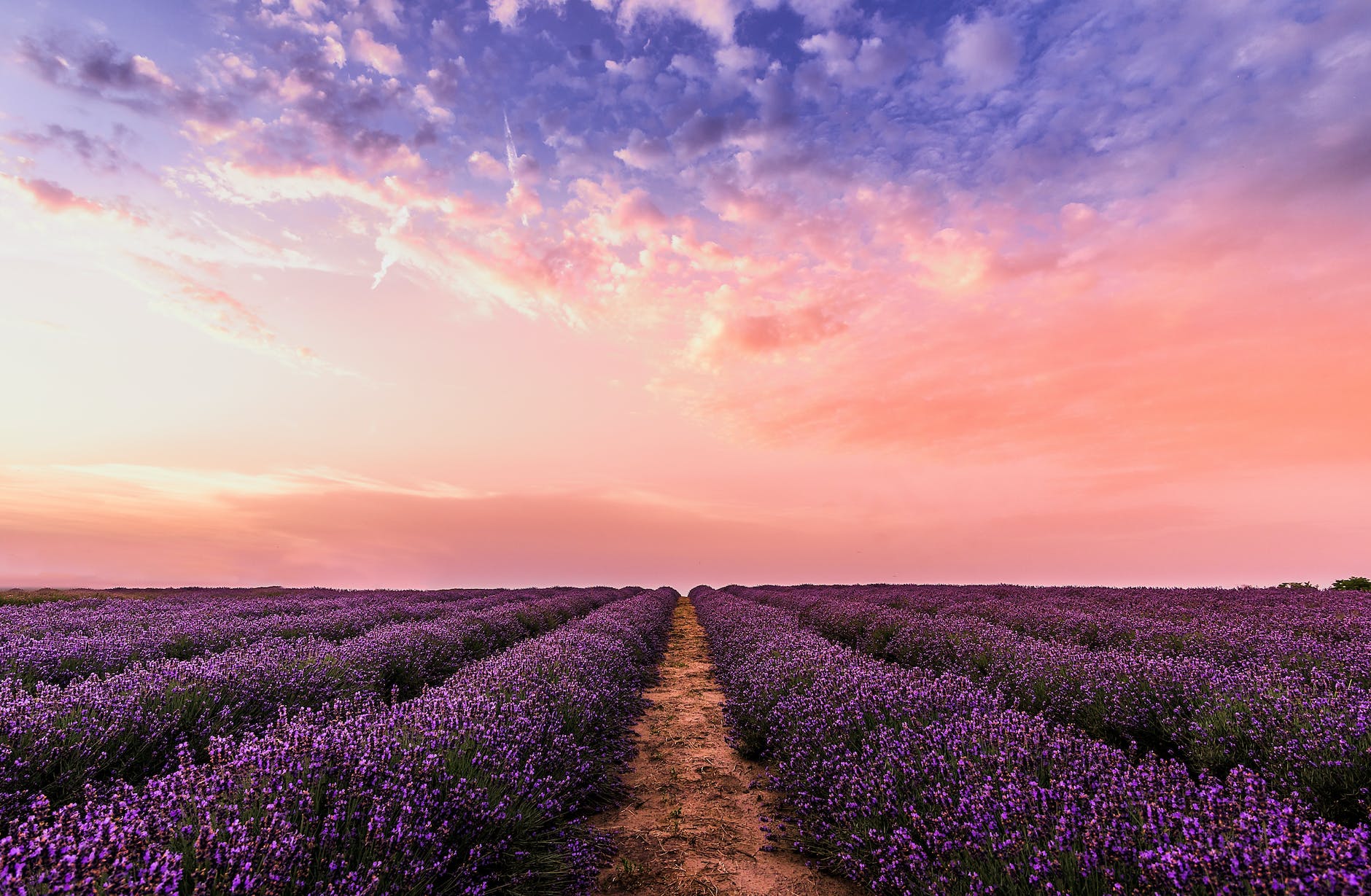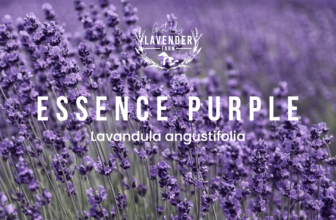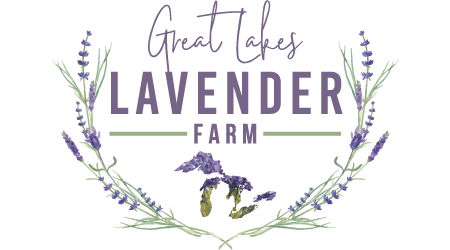
Lavender, with its soothing fragrance and beautiful purple blooms, is a versatile herb that can be grown in gardens, containers, or even indoors. Whether you’re a seasoned gardener or a beginner looking to cultivate this aromatic plant, this comprehensive guide will walk you through everything you need to know about how to grow lavender successfully.
Lavender, scientifically known as Lavandula, is prized for its aromatic qualities and a wide range of uses, from aromatherapy to culinary applications. It’s a hardy plant, but like any other, it requires proper care and attention to thrive. In this article, we’ll cover the following aspects of growing lavender:
- Choosing the Right Lavender Varieties: Lavender comes in various species and cultivars, each with its unique characteristics. Before you start growing lavender, it’s essential to choose the right variety that suits your climate, soil, and purpose. Here are some popular lavender varieties:
- English Lavender (Lavandula angustifolia): Known for its sweet fragrance and compact growth, English lavender is a favorite for gardeners and herbalists.
- French Lavender (Lavandula stoechas): This variety has distinctive butterfly-like bracts and a slightly different fragrance, making it an excellent choice for landscaping.
- Spanish Lavender (Lavandula stoechas pedunculata): Spanish lavender is known for its impressive, elongated blooms and unique appearance.
- Lavandin (Lavandula x intermedia): A hybrid of English and spike lavender, lavandin produces larger, more abundant blooms and is often used for essential oil production. Consider your local climate and soil conditions when selecting the right lavender variety, as some are more cold-hardy, while others prefer warmer climates.
- Preparing the Soil and Location: Lavender thrives in well-draining, sandy or loamy soil with a pH level between 6.5 and 7.5. It’s crucial to ensure good soil drainage because lavender hates having its roots sitting in waterlogged soil. Here’s how to prepare the ideal soil for your lavender:
- Soil Testing: Start by testing your soil’s pH and nutrient levels. Lavender prefers slightly alkaline soil, so you may need to amend your soil if it’s too acidic.
- Sunlight Requirements: Lavender loves full sun, so choose a location that receives at least 6-8 hours of direct sunlight each day.
- Well-Draining Soil: To improve drainage, add organic matter like compost or sand to the soil. Raised beds or containers can also be used if your soil doesn’t naturally drain well.
- Spacing: Space lavender plants at least 24 inches apart to allow for air circulation and prevent diseases.
- Planting Lavender: Once you’ve prepared the soil and selected the right lavender variety, it’s time to plant your lavender. Follow these steps for successful planting:
- Timing: The best time to plant lavender is in the spring or fall when the weather is mild. Avoid planting during extreme heat or frost.
- Planting Depth: Dig a hole that’s slightly larger than the root ball of your lavender plant. Place the plant in the hole and backfill with soil, ensuring that the top of the root ball is level with the soil surface.
- Watering: Water your lavender thoroughly after planting, but be cautious not to overwater. Lavender prefers drier conditions, so allow the soil to dry out slightly between waterings.
- Mulching: Apply a thin layer of mulch around the base of the plant to help retain moisture and prevent weeds.
- Lavender Care and Maintenance: Growing lavender doesn’t stop with planting; it requires ongoing care to ensure healthy growth and vibrant blooms. Here are some essential care tips:
- Watering: Lavender is drought-tolerant once established, so water sparingly. Water deeply but infrequently to encourage deep root growth. Avoid overhead watering, as it can lead to fungal diseases.
- Pruning: Regular pruning is essential to maintain the shape of your lavender plants and promote bushier growth. Prune in the spring, removing about one-third of the plant’s height, and trim spent flowers to encourage new blooms.
- Fertilizing: Lavender doesn’t need a lot of fertilizer. In fact, too much nitrogen can result in excessive foliage growth at the expense of flowers. Use a balanced, slow-release fertilizer sparingly in the spring.
- Pest and Disease Management: Lavender is generally resistant to pests and diseases, but it can occasionally be affected by issues like aphids or root rot. Monitor your plants regularly and treat any problems promptly.
- Winter Protection: In cold climates, lavender may need protection from harsh winter conditions. Mulch around the base of the plant and consider covering it with a breathable fabric to prevent frost damage.
- Harvesting Lavender: Harvesting lavender is a rewarding experience, as you can enjoy the fragrance and use the dried flowers in various applications. Here’s how to harvest lavender:
- Timing: Harvest lavender when the buds are just beginning to open but haven’t fully bloomed. This is when the fragrance and essential oil content are at their peak. Typically, this occurs in mid-summer.
- Cutting: Use sharp scissors or pruning shears to cut the lavender stems just above a set of leaves. Avoid cutting into old woody growth, as this can harm the plant’s overall health.
- Drying: Bundle the harvested lavender stems and hang them upside down in a dry, well-ventilated area. It may take a few weeks for the flowers to dry completely. Once dry, remove the flowers from the stems and store them in an airtight container.
- Using Lavender: Lavender has a wide range of uses, from aromatherapy to culinary delights. Here are some popular ways to enjoy your homegrown lavender:
- Aromatherapy: Lavender essential oil is well-known for its calming and soothing properties. Use a diffuser to fill your home with the relaxing scent or add a few drops to your bath.
- Culinary Delights: Culinary lavender can be used to infuse flavor into desserts, teas, and savory dishes. Lavender cookies, lavender-infused honey, and lavender tea are just a few examples.
- Home Decor: Dried lavender can be used in potpourri, sachets, or as decorative elements in wreaths and bouquets.
- Medicinal Uses: Lavender has been used in traditional medicine for its potential health benefits, such as aiding sleep and reducing anxiety. Consult with a healthcare professional before using lavender for medicinal purposes.
- Common Lavender Growing Problems and Solutions: Despite being a hardy plant, lavender can encounter several issues that may affect its growth and health. Here are some common problems and solutions:
- Fungal Diseases: Lavender is susceptible to diseases like root rot and powdery mildew. Ensure proper soil drainage and spacing to prevent these issues. Treat with appropriate fungicides if necessary.
- Overwatering: Lavender dislikes wet feet. If you notice yellowing leaves or drooping stems, it may be a sign of overwatering. Adjust your watering schedule accordingly.
- Poor Growth: If your lavender isn’t thriving, it might need more sunlight or better soil drainage. Consider transplanting it to a sunnier location or amending the soil.
- Pests: While lavender is relatively pest-resistant, it can attract aphids and spider mites. Use insecticidal soap or neem oil to deter these pests.
- Winter Damage: In cold climates, lavender can suffer from winter damage. Protect the plant with a winter cover or move containers indoors during the coldest months.
Growing lavender is a fulfilling endeavor that rewards gardeners with its fragrant blooms and numerous uses. By selecting the right variety, providing the ideal growing conditions, and following proper care guidelines, you can cultivate thriving lavender plants in your garden, on your balcony, or even inside your home. Remember that lavender is a low-maintenance plant once established, making it an excellent choice for both experienced gardeners and beginners. Whether you’re enjoying its aroma, harvesting for culinary use, or exploring its potential health benefits, lavender is a versatile herb that adds beauty and functionality to your garden and home. So, roll up your sleeves, get your hands dirty, and start growing lavender to experience its many delights firsthand. Happy gardening!








